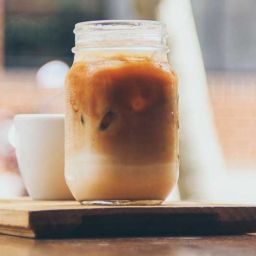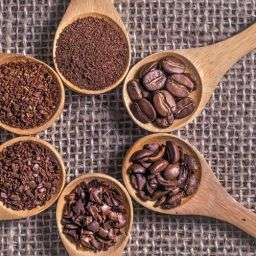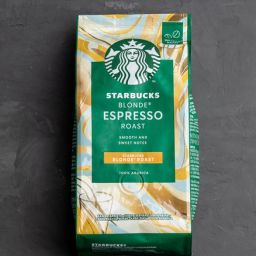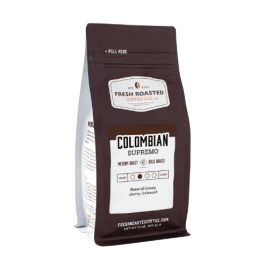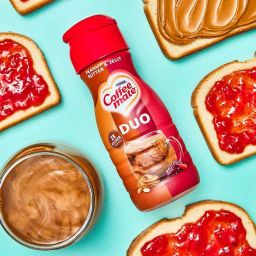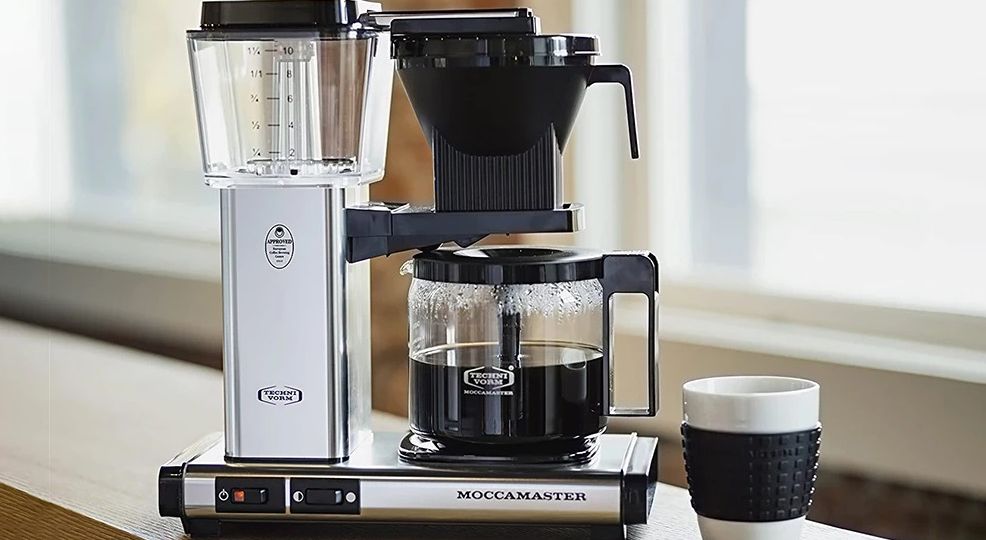
Drip coffee, a staple in many households, is brewed by dripping boiling water over ground coffee, which then flows through a filter and into a carafe or pot. This brewing method is prized for its simplicity and the clean, clear flavors it can produce. However, not everyone loves a standard cup of drip coffee—some prefer their brew with a bit more punch. Making drip coffee stronger isn’t just about satisfying a preference for intensity; it’s about tailoring each cup to suit individual tastes and enhancing the overall coffee experience.
Key Takeaways
- Increase Coffee-to-Water Ratio: For those who find standard drip coffee a bit on the weaker side, adjusting the coffee-to-water ratio is a straightforward fix. Increasing the amount of coffee grounds per unit of water enhances the brew’s strength and body, making for a more robust and flavorful cup.
- Use Darker Roasts: Darker roasted coffee beans are known for their bold, rich flavors. If you’re aiming for a stronger taste, switching to a darker roast can naturally intensify the flavor profile of your brew without any additional adjustments.
- Adjust Grind Size: The size of your coffee grounds plays a crucial role in flavor extraction. A finer grind increases the surface area in contact with water, enhancing extraction and producing a stronger cup. However, it’s important to find a balance to avoid over-extraction, which can lead to bitterness.
- Optimize Brewing Time and Temperature: The time your coffee spends brewing and the temperature of the water can significantly impact the strength of your drip coffee. Optimal brewing times and higher water temperatures can increase extraction efficiency, pulling more flavor from the grounds. Typically, a brewing temperature between 195°F and 205°F and a time frame of about 4 to 5 minutes are ideal for a strong, well-balanced cup.
Coffee-to-Water Ratio
The coffee-to-water ratio is crucial in defining the strength and flavor of your drip coffee. Typically, the standard ratio for drip coffee is about 1 to 2 tablespoons of coffee for every 6 ounces of water. This ratio serves as a good starting point, but adjusting it can lead to a significantly stronger brew.
To make your coffee stronger without losing its delightful nuances, consider tweaking the ratio slightly. For a bolder taste, you might increase the coffee to 2 tablespoons per 6 ounces of water. It’s essential to adjust in small increments to find your personal sweet spot without overwhelming the coffee’s inherent flavors.
Importance of Coffee Grind Size
Grind size is a pivotal factor in the coffee brewing process, directly affecting the extraction rate and, consequently, the strength of your coffee. A finer grind increases the coffee’s surface area exposed to water, leading to quicker and more extensive extraction. This can be great for intensifying your brew, but be cautious; too fine a grind can lead to bitter, over-extracted coffee.
For stronger drip coffee, aim for a medium-fine grind—finer than you would use for a standard drip brew but not as powdery as you would use for espresso. This grind size allows for a more robust extraction that captures the coffee’s full flavor without crossing into bitterness. Start with this grind and adjust based on taste, brewing slightly coarser if the coffee seems too bitter or finer if it’s too weak.
Optimal Brewing Time and Temperature
Achieving the perfect cup of drip coffee hinges significantly on the brewing time and temperature. The ideal temperature for brewing coffee is between 195°F and 205°F. This range is hot enough to extract the coffee’s full flavor but not so hot as to impart unwanted bitterness.
As for brewing time, 4 to 5 minutes is generally recommended for drip coffee makers. This duration allows the hot water to extract coffee solubles efficiently, resulting in a well-balanced flavor. Brewing for less than 4 minutes can lead to under-extraction, where the coffee may taste weak and sour because not all the flavorful oils and solubles have been extracted. Conversely, brewing longer than 5 minutes risks over-extraction, producing a bitter taste as too many of the harsh flavors are drawn out.
Advanced Brewing Techniques
To further enhance your coffee, consider advanced techniques like blooming and pulse pouring. Blooming involves pouring a small amount of hot water over the grounds to let them “bloom” for about 30 seconds. This process releases carbon dioxide and helps in better flavor extraction by ensuring the water more evenly saturates the coffee.
Pulse pouring is another technique where you pour water in intervals rather than all at once, allowing for a more even extraction and a fuller flavor profile.
Lastly, the quality of water used can significantly affect your coffee’s strength and taste. High-quality, filtered water is preferable as it is free of impurities that can alter the flavor of your coffee. The mineral content of your water should also be balanced—not too hard or too soft—to maintain the coffee’s true character without distortion.
FAQs
Can adding more coffee grounds than usual make the coffee too bitter? Yes, while adding more coffee grounds can indeed make your drip coffee stronger, there’s a fine line before it becomes too bitter. This bitterness results from over-extraction, where too many bitter compounds are pulled from the coffee grounds. It’s important to balance the amount of coffee with the right water volume and brewing time to avoid this.
What are the effects of changing the brewing temperature? Altering the brewing temperature can significantly impact your coffee’s flavor and strength. Brewing at too low a temperature can lead to under-extraction, making the coffee taste weak and underwhelming. On the other hand, too high a temperature can cause over-extraction, leading to a bitter and harsh flavor. Keeping the water temperature between 195°F and 205°F is ideal for extracting the best flavor.
Is drip coffee the same as filtered coffee? Yes, drip coffee is a type of filtered coffee where water passes over coffee grounds and through a filter. It’s one of the most common methods for making coffee at home.
Can you add milk to drip coffee? Absolutely! You can customize drip coffee to your taste, including adding milk. The amount and type of milk can vary depending on personal preference, whether you like just a splash or prefer a creamier texture.
Final Thoughts
To master the art of making stronger drip coffee, remember the importance of the coffee-to-water ratio, grind size, brewing time, and temperature. Each element plays a crucial role in flavor extraction and overall coffee strength. By experimenting with these variables, you can enhance your coffee experience and tailor each cup to your personal taste.




